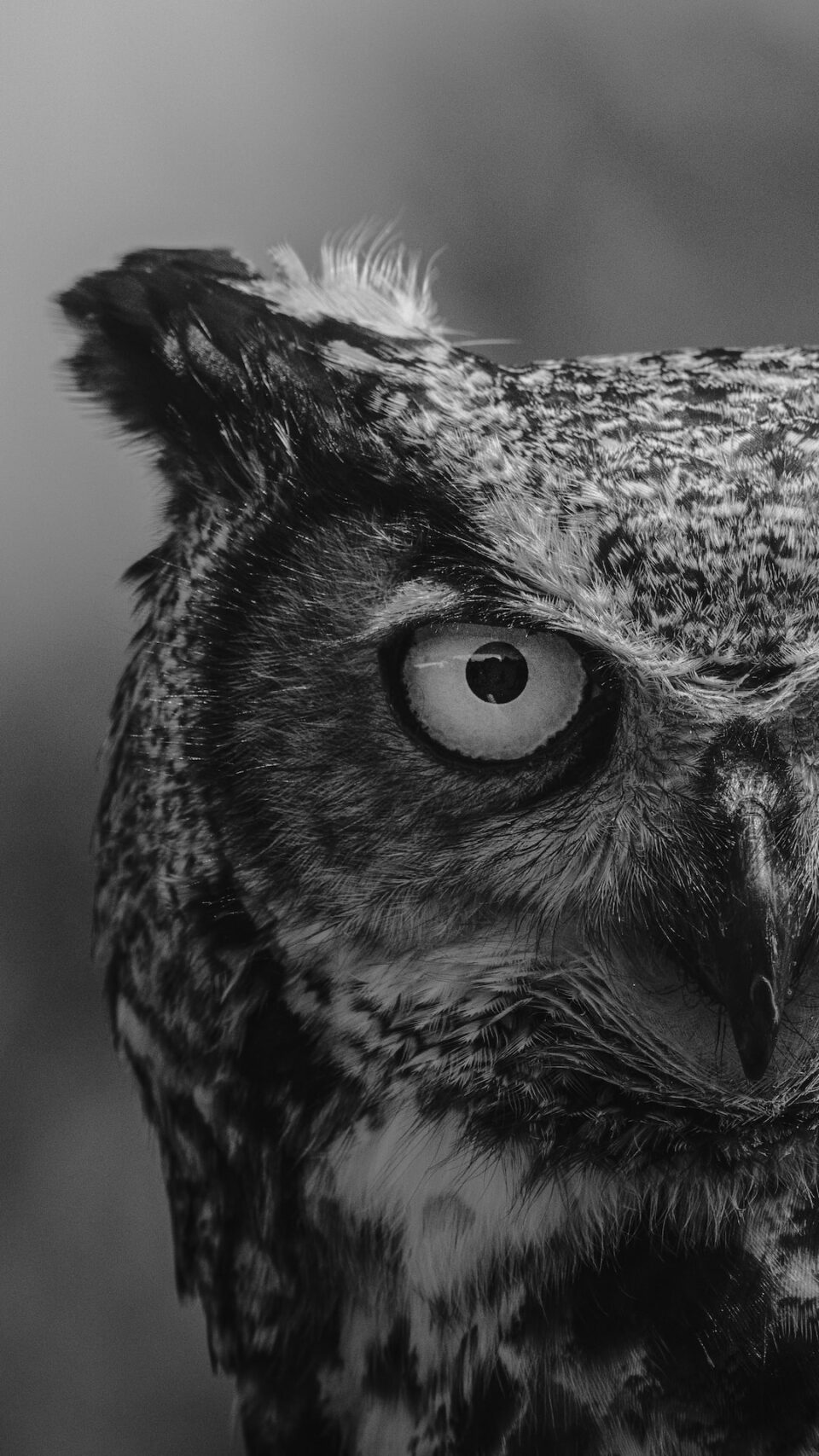The Intriguing World of Insects
Insects, the most diverse and fascinating creatures on our planet, have remained a source of intrigue for centuries. From the smallest of beetles to the mighty dragonflies and colorful butterflies, insects have captured our attention with their remarkable adaptations and behaviors. In this blog post, we will dive into the intriguing world of insects and explore some of their incredible features.
One of the most remarkable aspects of insects is their sheer abundance. They represent over 80% of all known animal species, with scientists estimating that there may be millions more yet to be discovered. With their ability to thrive in almost every habitat on Earth, from dense rainforests to arid deserts, insects are the true conquerors of our planet.
One reason for insects’ success lies in their extraordinary variety of adaptations. Take the unique exoskeleton, for instance. Insects have a tough outer covering that not only provides support and protection but also allows for efficient movement. This exoskeleton is made of a substance called chitin, a complex carbohydrate that remains rigid while providing flexibility where needed. It serves as an armor, protecting insects from predators, harsh weather conditions, and even diseases.
Insects also possess incredible flying capabilities. From agile bees to graceful butterflies, insects have evolved various mechanisms to take flight. Their wings are a marvel of engineering, covered in tiny scales or hairs that allow them to generate lift and maneuver with precision. Some insects, like dragonflies, can beat their wings up to 60 times per second, enabling them to hover in mid-air, dart swiftly, and even fly backward – a feat unmatched by any other animal.
But the world of insects is not just about remarkable adaptations; it also offers a fascinating glimpse into their behaviors and social structures. Ants, for example, display a highly sophisticated social hierarchy. Within an ant colony, each individual has specific roles and responsibilities. The queen’s sole purpose is to reproduce, while worker ants perform a myriad of tasks, such as foraging, nest building, and caring for the young. This complex division of labor ensures the survival and success of the entire colony.
Another intriguing behavior is seen in the fireflies, which use bioluminescence to communicate. The flashing lights emitted by these insects are part of an elaborate mating ritual. Males fly through the night, emitting specific light patterns, while females respond with their own flashes. This synchronized light show helps these magical creatures find their perfect match and ensures the continuation of their species.
Insects also play a vital role in our ecosystems. They are nature’s essential pollinators, responsible for the reproduction of countless plants, including many of our food crops. Bees, for instance, play a crucial role in pollinating fruits, vegetables, and nuts, making them an integral part of our food chain. Without them, our food supply would suffer, endangering not just our diets but also the economies that rely on agricultural production.
Furthermore, insects are nature’s recyclers. They efficiently break down organic matter, such as decaying plants and animals, into nutrient-rich soil. This process, called decomposition, is vital for maintaining the balance in ecosystems. Insects ensure that dead matter is recycled and put to good use, facilitating the growth of new life.
In conclusion, the world of insects is a fascinating one, filled with incredible adaptations, behaviors, and ecological importance. From their resilient exoskeletons to their extraordinary flying abilities, insects have truly captivated our attention. Studying and appreciating these creatures not only increases our knowledge of the natural world but also highlights the importance of their conservation. So, the next time you encounter an intriguing insect, take a moment to marvel at its remarkable features and the significant role it plays in our planet’s ecosystems.


